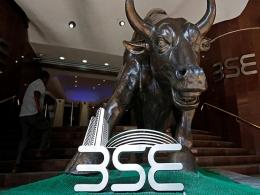The Reserve Bank of India (RBI) held rates steady on Thursday and retained an accommodative policy stance as it sought to support faltering growth and avoid stoking already high inflation levels.
The central bank has its work cut out as the economy is forecast to grow 5% in the year ending in March, its weakest pace in 11 years. A rapidly-spreading coronavirus outbreak in China has also heightened concerns around the world of a damaging blow to global growth.
Economists polled by Reuters had expected the RBI’s Monetary Policy Committee (MPC) to leave its key repo rate INREPO=ECI unchanged at 5.15% and reverse repo rate INRREP=ECI at 4.9%.
All six members of the MPC voted to keep rates steady and retain the accommodative monetary policy stance.
“The MPC recognizes that there is policy space available for future action. The path of inflation is, however, elevated and on a rising trajectory,” the MPC said, while upwardly revising its near-term inflation projections.
Annual retail inflation surged to 7.35% in December, mainly driven by food prices and touched its highest level in more than five years.
That comes against slowing growth in Asia’s third-largest economy. Annual growth in gross domestic product (GDP) most likely slipped to 4.3% in the last three months of 2019, according to a forecast from Nomura. It had dropped to 4.5% the previous quarter, its slowest in more than six years.
The RBI cut its policy rate by 135 basis points over five straight meetings last year, before surprising markets in December by holding rates steady due to growing concerns over inflation.
On Thursday, the central bank said it expects inflation in the ongoing fourth quarter of fiscal 2020 to hit 6.5%. In December it had forecast that inflation would be in the 5.1%-4.7% range during the second half of the current fiscal year.
It also forecast inflation be in the 5.4%-5% range in the first half of the upcoming fiscal year, as compared to its own prior projection of 4%-3.8% for that period.







